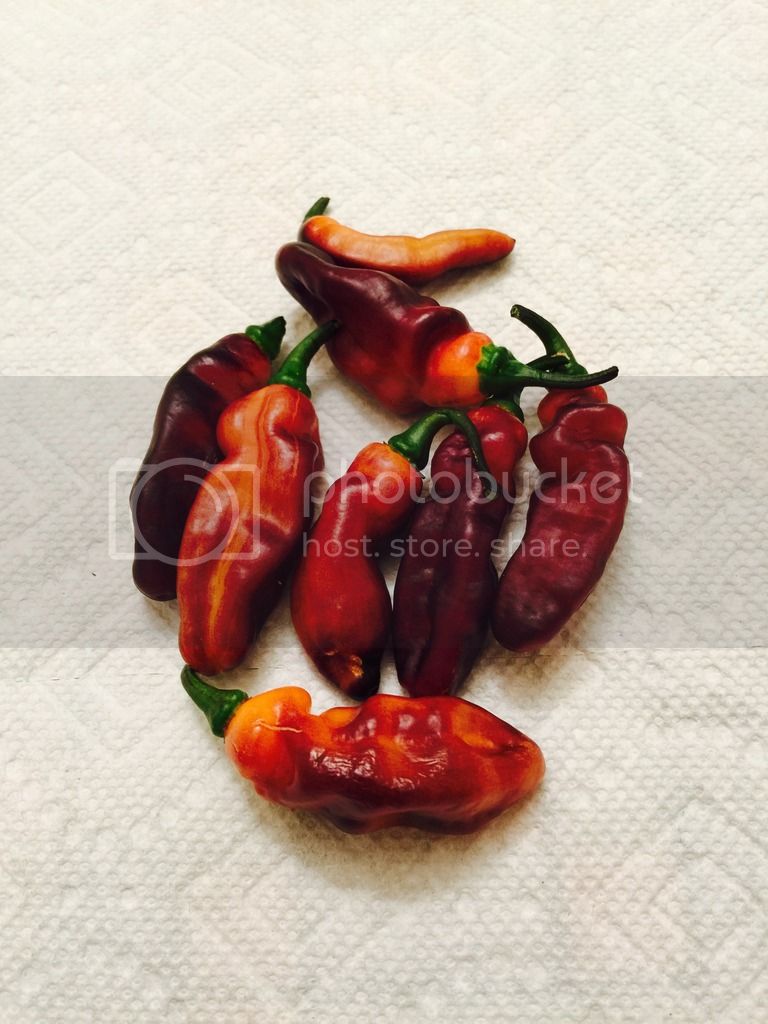How are inter species (Capsicum annum X Capsicum Chinense) classified.
Edited post - I was wrong about the classification of my Chile's due to my own misspelling:
According to http://fataliiseeds.net/, the Pimenta da Neyde is a a Capsicum chinense, but I still want the answer to my original question. I had been misspelling the Chile as a Pimento de Neyde and as Pimento's are Capsicum annuum, which is why I was confused, thinking they were a c annuum.
Edited again - According to the Hippy seed folks, it is indeed an inter species cross:
http://thehippyseedcompany.com/product/pimenta-de-neyde/
Whatever it is, I don't love my cross any less and am still interested in the species classification.
Edited post - I was wrong about the classification of my Chile's due to my own misspelling:
According to http://fataliiseeds.net/, the Pimenta da Neyde is a a Capsicum chinense, but I still want the answer to my original question. I had been misspelling the Chile as a Pimento de Neyde and as Pimento's are Capsicum annuum, which is why I was confused, thinking they were a c annuum.
Edited again - According to the Hippy seed folks, it is indeed an inter species cross:
http://thehippyseedcompany.com/product/pimenta-de-neyde/
Whatever it is, I don't love my cross any less and am still interested in the species classification.


